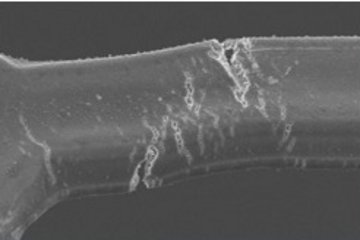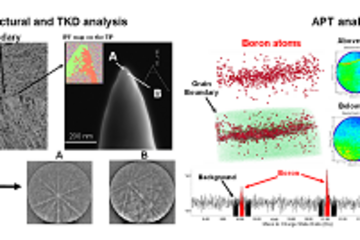All genres
1.
Journal Article
High resolution EBSD investigation of deformed and partially recrystallized IF steel. Advanced Engineering Materials 5, No.8, pp. 566 - 570 (2003)
2.
Talk
Observation of the crystallographic defect structure in lightly deformed TWIP steel by means of electron channeling contrast imaging (ECCI). 1st International Conference on High Manganese Steels (HMnS2011), Seoul, South Korea (2011)
3.
Talk
Microstructure Evolution in TWIP steels during deformation with strain path changes. Materials Science and Engineering MSE 2010, Darmstadt, Germany (2010)
4.
Talk
Relationship Between Microstructure and Texture Evolution during Cold Deformation of TWIP-Steels. 15 th International Conference on the Texture of Materials (ICOTOM 15), Pittsburgh, PA, USA (2008)
5.
Poster
Investigations on the deformation mechanisms of TWIP steels using EBSD. EBSD 2008, Sheffield, UK (2008)
6.
Poster
Orientation dependent growth behaviour of subgrain structures in IF steel. 2nd International Joint Conference on Recrystallization and Grain Growth, Annecy, France (2004)
7.
Thesis - PhD
Untersuchung metallphysikalischer und messtechnischer Grundlagen zur Rekristallisation und Erholung mikrolegierter IF Stähle. Dissertation, RWTH Aachen, Aachen, Germany (2008)











